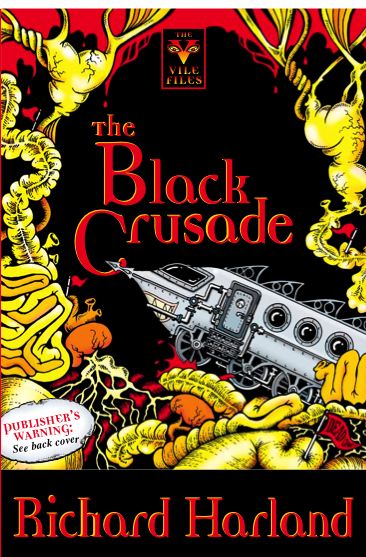1. Creating Characters
| |
(vi) CREATING CHARACTERS IN GROUPS |
I used to work on creating characters as individuals. My first published novel, The Vicar of Morbing Vyle, is full of extreme grotesques, fabulous eccentrics. But I had huge problems when I had to work them in with the story and get them bouncing off each other. They were so self-sufficient, they didn’t really need anyone else. It took years of rethinking and rewriting before I could get them interacting in interesting ways.
A decade later, when I wrote the prequel, The Black Crusade, I’d learned my lesson. Although the characters are equally grotesque, I’d already built in forms of interaction, amongst one another as well as with the protagonist.
In my next novel, where the characters are colourful but not grotesque, I’ve been thinking of them together from the very start. My ideas for the protagonist’s father and stepmother fitted in with the protagonist herself, but I wasn’t sure they were right until I discovered how they could also strike sparks off each other.
As for the kids’ group, I dropped one of the friends who wasn’t working in well. Yes, he was an interesting personality in himself, and yes, he could get along with the others—but I needed more than just getting along. The other kids gave extra colour to one another, but not Wace. So, bye-bye Wace!
I also thought very hard about family groups. Families have a larger role in Song of the Slums than in my previous novels, and I found myself thinking more and more about the family interactions that shape a personality. I mean, the way members of a family resemble or differ, the way they imitate or oppose one another. Half the work of conveying a personality is done if the reader can be read it off from a family situation.
There’s always another novel for an individual character—but not for a relationship or a group.
|





